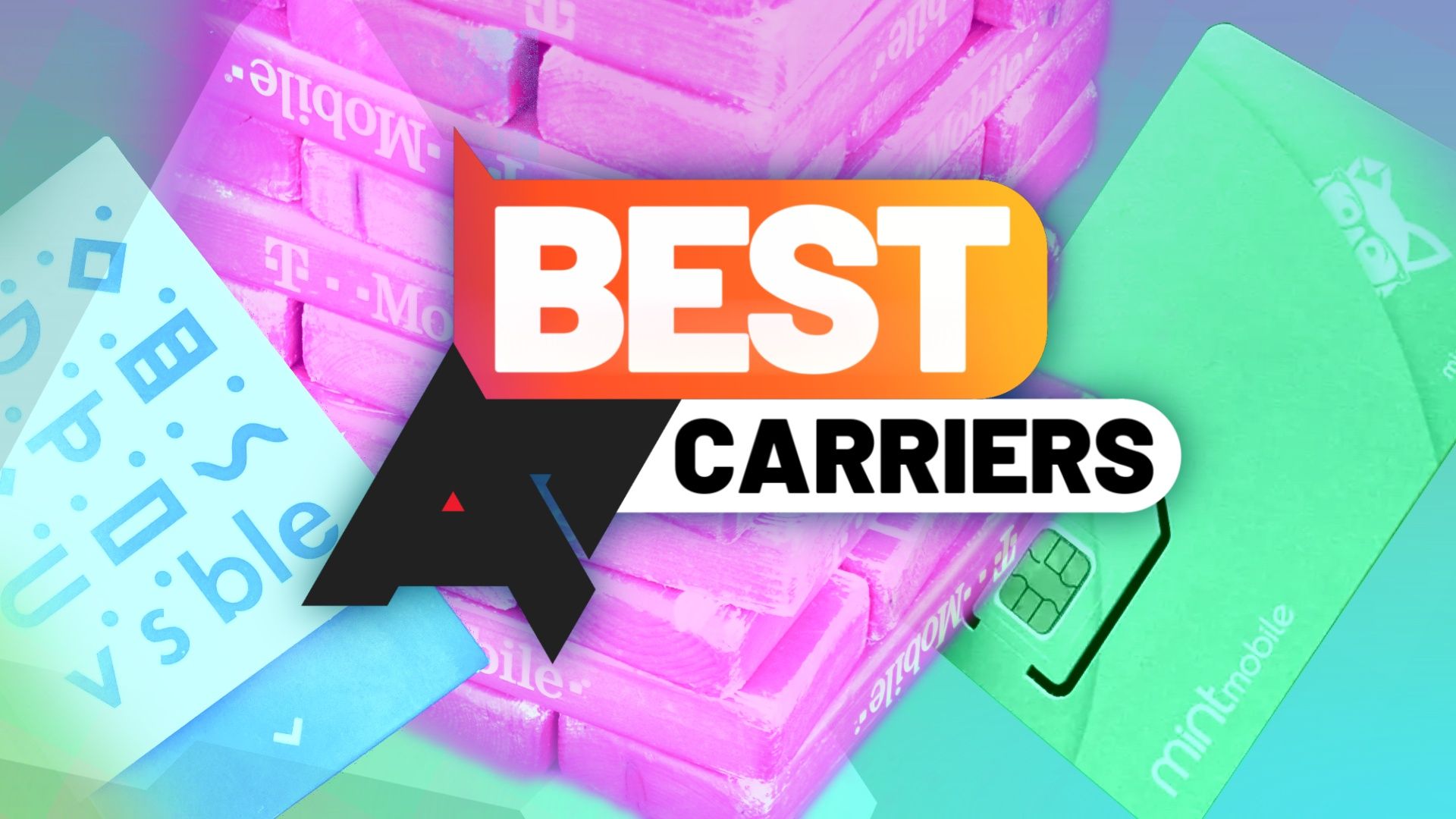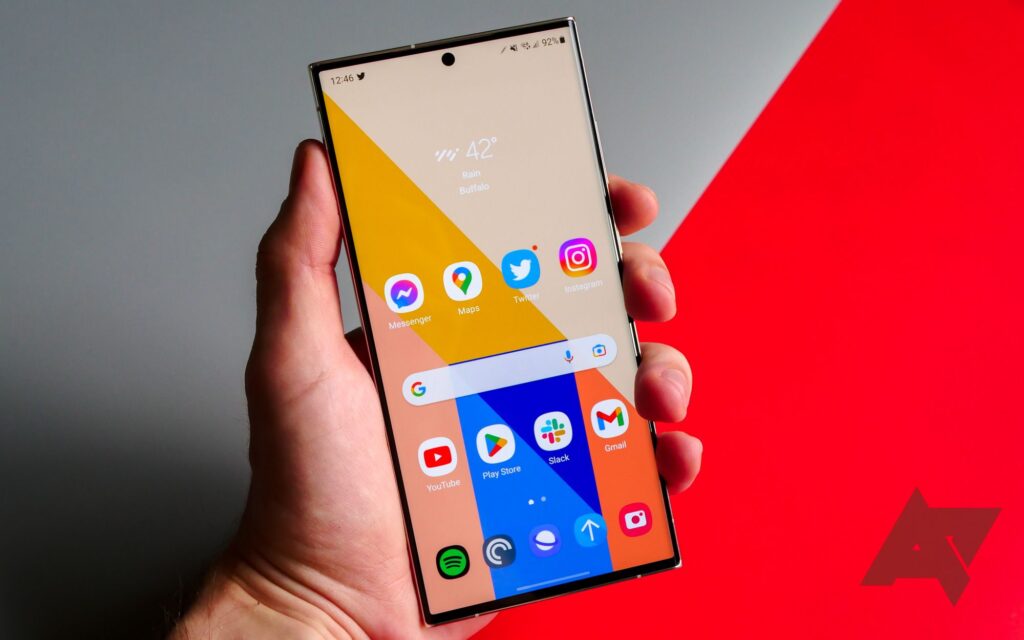Phones get all the attention for their flashy hardware and features, but it’s important to ensure you’re on the right carrier to get the best coverage and connectivity. If you want to switch to a new carrier, the first thing to consider is coverage. This can vary depending on where you live. The Big Three carriers offer solid LTE coverage for most Americans. Rural customers need to be more careful and double-check the coverage map before signing up. If you want to take full advantage of a new phone, you’ll want a carrier with strong mid-band 5G coverage.
Next, you’ll want to pick a carrier with the right plan. The big carriers focus mainly on offering premium unlimited data with features like hotspot, video streaming quality, international features, and bundled perks to set them apart. There can also be a few different ways to save on these plans, with the most common being multi-line savings encouraging customers to bring their whole family. Some prepaid options also offer discounts for buying more than a month of service at a time.
These are the best phone carriers
T-Mobile
Best overall
The best 5G coverage and speed
T-Mobile is the best carrier for 5G with even its mid-band Ultra Capacity 5G coverage reaching the majority of Americans. You can start with a basic Essentials plan or move up to a Go5G Plus with a phone upgrade in two years or Go5G Next with a new phone every year.
- Vast 5G coverage
- Multi-line discounts with the third line free
- Taxes and fees included on Go5G plans
- Device upgrade perks limited to priciest plans
- Rural coverage falls short of Verizon and AT&T
Over the past few years, T-Mobile has confidently built its 5G network across the country using its low-band coverage. With the purchase of Sprint, T-Mobile gained access to Sprint’s valuable Band 41 spectrum at 2.5GHz. T-Mobile used this spectrum to build a massive head start in fast mid-band 5G. T-Mobile has the largest 5G network with the fastest average speeds. If you’ve got one of the best Android phones and want as much speed as possible on it, T-Mobile should be first on your list.
Regarding plans, T-Mobile has several unlimited plans starting with Go5G Plus on to the top end. Despite its silly name, this plan packs a serious punch with unlimited premium data, 50GB of mobile hotspot data, and a device upgrade in two years. This plan also includes Apple TV+, Netflix, and 4K streaming quality to make the most of it. This plan comes at a steep $90 per month for a single line, with discounts for bringing multiple lines.
If upgrading every two years is just too long for you, T-Mobile’s Go5G Next plan offers you an upgrade every year instead. Starting at $100 per month for a single line, this plan is identical to Go5G Plus in every other way besides
Go5G is the middle plan with 100GB of premium data, 15GB of mobile hotspot data, and 720p streaming. The perks take a hit with Apple TV+ reduced to just six months and no Netflix. Both Go5G and Go5G Plus have taxes and fees included in the plan price, so you know what you’re paying before your bill is delivered, and you don’t have to worry about sneaky fee increases. Finally, Essentials is an unlimited plan with just the basics included. There’s only 50GB of premium data, but that’s plenty for many people. Taxes and fees are extra with this plan and streaming video is down to 480p, but this plan could be the perfect fit for a lighter user.
T-Mobile has some other plans with small differences, such as their older Magenta plans, and most plans have discounted 55+, military and veteran, and first responder versions. There’s also a promotion to get your third line free, so if you’re bringing the family along, you can save some cash. For travelers, T-Mobile also has international usage options, such as 5GB of data on Go5G Plus and Wi-Fi on multiple airlines.
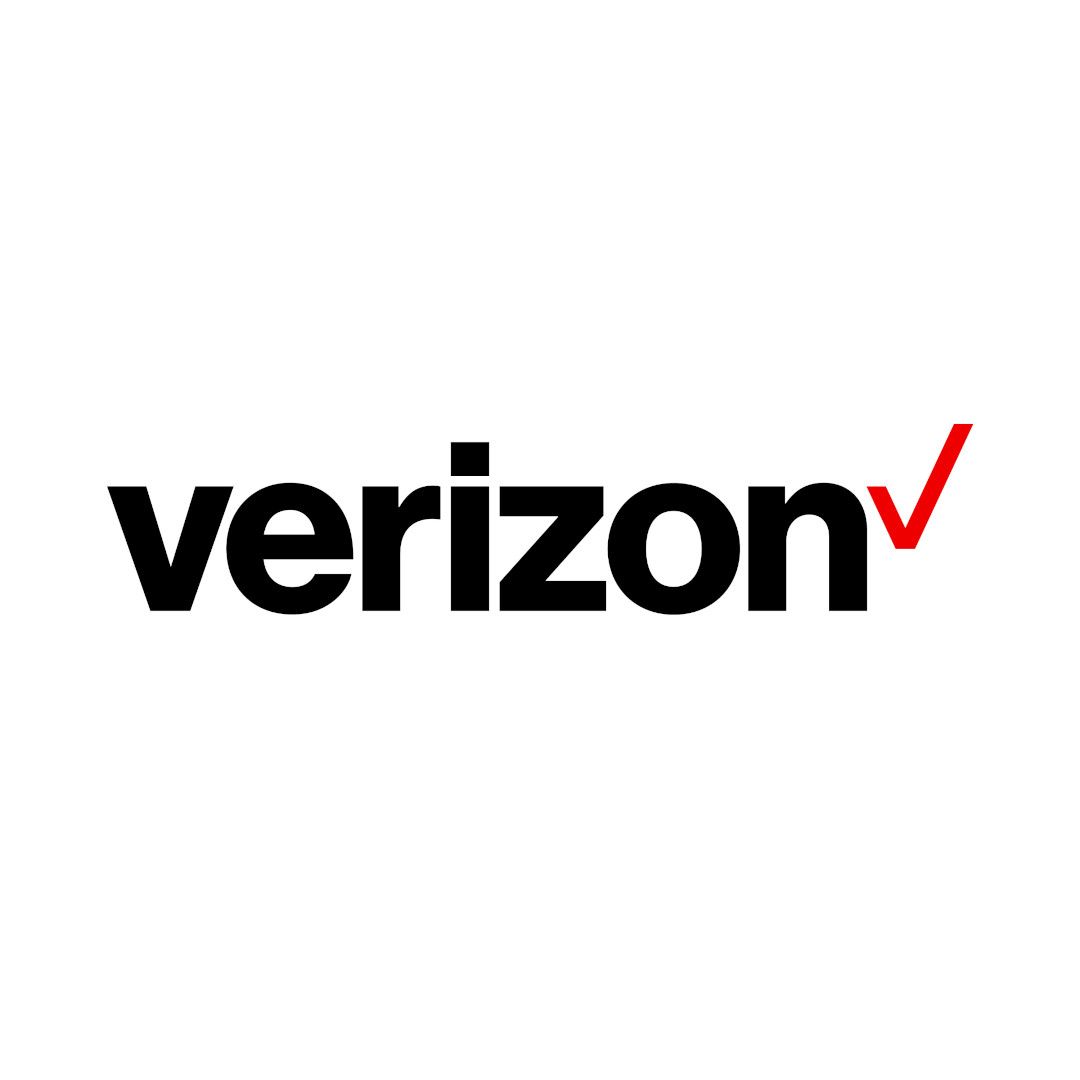
Verizon
Best streaming bundles
All of your subscriptions on one bill
Verizon has been aggressively expanding its Ultra Wideband 5G coverage and is closing the gap to T-Mobile, but still has a way to go. Verizon’s latest plans focus on allowing customers to create their own bundles with $10 add-ons for plan features and subscription services.
- Vast LTE and 5G coverage
- Choose your own perks with myPlan
- Save with multi-line discounts
- Taxes and fees are extra
- Plans are expensive for a single line
Verizon’s network has earned a strong reputation and its LTE network is still one of your best bets for rural coverage, but Verizon hasn’t quite kept pace with T-Mobile’s 5G deployment. Verizon’s 5G coverage is a strong second, however, and Verizon has been quick to deploy its C-band coverage in urban and suburban areas across the country. Verizon splits its 5G access into 5G Nationwide and 5G Ultra Wideband categories. Ultra Wideband includes the faster C-band and mmWave coverage, while Nationwide only uses much slower low-band 5G. Low-band 5G performance will resemble LTE much of the time.
Verizon has simplified its unlimited plan selection to three starter options. At $65 for one line, Unlimited Welcome is Verizon’s cheapest plan. This plan targets the basics with unlimited nationwide 5G data and SD-quality video streaming. Unlimited Plus starts at $80 for one line and upgrades that plan with premium data, 30GB of high-speed hotspot data, and 50% off a connected device plan. This plan is also eligible for savings when purchasing a new device.
Unlimited Ultimate costs $90 for a single line and comes with some big upgrades over Unlimited Plus. Premium data is still unlimited, but high-speed hotspot data has been increased to 60GB. For customers who travel a lot, international talk, text, and data are included in 210 countries. Streaming video quality gets an upgrade to 1080p from 720p on LTE or nationwide 5G and customers can get 50% off on two connected data plans. For business people who find themselves overseas a lot or those who need plenty of data on the road, this plan could be worth the upgrade.
These plans are built around the idea that customers will also choose some add-ons, called perks, that cost $10 each. These perks can be a good value with the Disney+, Hulu, and ESPN+ perk coming in at $5 less than buying it on your own. There’s also 100GB of mobile hotspot data, Apple One, Walmart+, a smartwatch data and safety plan, a 3-day TravelPass each month, and 2TB of cloud storage. If your favorite streaming perk wasn’t listed, you can add a wide range with a +play credit that gives you $15 of credit towards a subscription for $10.
All of these plans support multi-line family discounts, so you can save per line with discounts up to four lines with additional savings if you bring your own phones and port in your numbers. Remember that taxes and fees are extra and excluded from price guarantees. You’ll also need to enable auto-pay to get these prices, otherwise, the plans are $10 more. On a more positive note, all three of these plans come with discounts for Verizon Home Internet, though Unlimited Plus and Unlimited Ultimate get the biggest discounts.
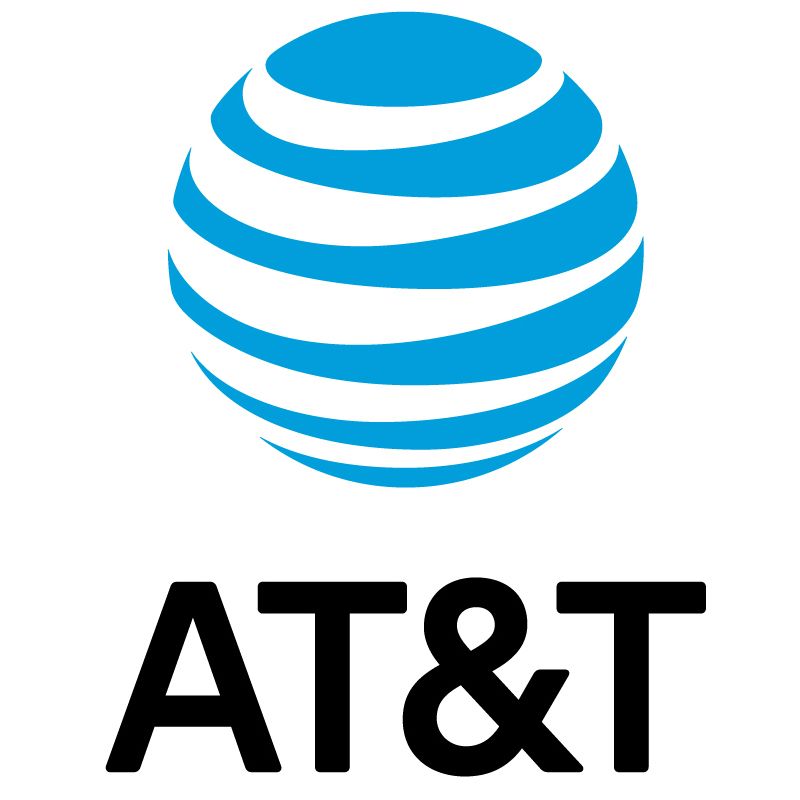
AT&T
Best for first responders
A network you can rely on
AT&T has strong LTE coverage with a growing 5G+ footprint that covers many cities across the country. AT&T’s plans are fairly simple with unlimited data available and 5G access on all plans. AT&T also has a lot of discounts available with the Signature Program and essential worker discounts.
- Strong LTE and 5G coverage
- Solid multi-line savings
- Lots of discounts available
- Plans are expensive for a single line
- SD streaming on all but the top plan
AT&T’s network isn’t taking home too many awards these days, but it still has vast nationwide coverage with rural coverage rivaling and sometimes beating Verizon. AT&T hasn’t been rolling out 5G quite as quickly as Verizon, but its mid-band coverage has been steadily making its way out of major cities and into the suburbs. AT&T also has dedicated low-band 5G spectrum plus some shared spectrum that it used to build a nationwide 5G network. Finally, mmWave 5G has been deployed in many airports and stadiums across the country.
AT&T’s plans, thankfully, are rather straightforward, with four unlimited plans and a limited data plan. Starting with the cheapest, the aptly titled 4GB Plan has unlimited talk and text with 4GB of data. This plan starts at $50 for a single line and comes down to $40 with four lines. This plan is really only valuable to those looking for the absolut cheapest postpaid plan they can get with their $10 Signature program member discount. If you don’t get that discount, AT&T Value Plus VL for a dollar more gets you unlimited data and 5G access.
The cheapest of AT&T’s three main plans, Unlimited Starter SL, has unlimited data, 5GB of hotspot data, and 480p streaming. At $65.99 for one line and $35.99 for four, this is a good pick for a family looking to save. Upgrading to Unlimited Extra EL adds 75GB of premium data and 30GB of mobile hotspot data. This plan also only gets 480p streaming. Finally, the Unlimited Premium PL Plan has unlimited premium data, 60GB of hotspot usage, unlimited usage with high-speed data in 20 Latin American countries, and 4K streaming.
One of AT&T’s big draws is its discount programs. Its Signature Program is available through many workplaces, like schools and hospitals, and takes $10 off per line on the Unlimited Premium Plan. There are of course, military and veteran discounts of 25% off on unlimited plans. Essential workers can see if they qualify for special discounts as well. Last but certainly not least, FirstNet and Family is a program that gives first responders and their family members access to discounted service that’s also prioritized over other network traffic. That means that even if the network is struggling under heavy load during an emergency, you’re more likely to be able to contact the first responder in your family.
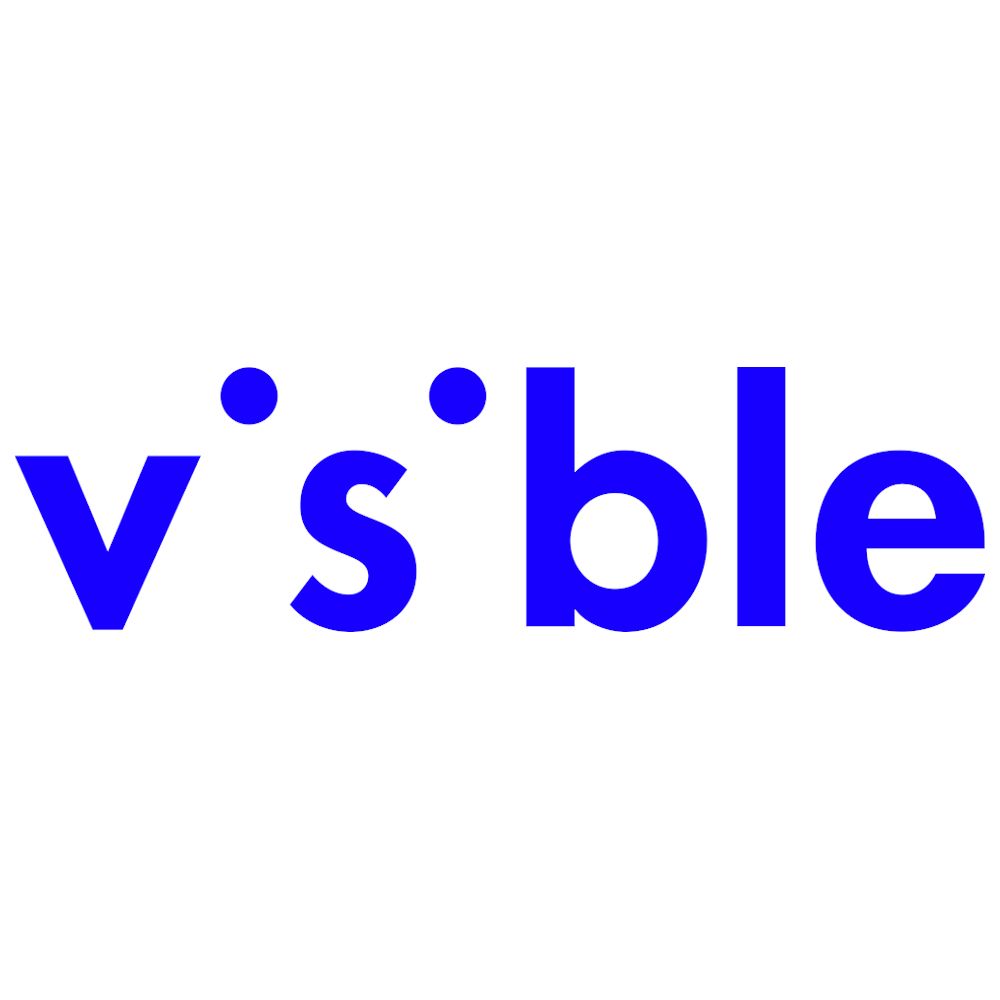
Visible
Best prepaid value
Truly unlimited data on prepaid
Visible is all about unlimited data without high-speed data caps. Visible also includes unlimited hotspot data with both of its plans, so you can keep your laptop or tablet online in a pinch. If you get Visible+, you even get fast 5G access with 50GB of premium data.
- Totally unlimited data on both plans
- Taxes and fees are included
- Unlimited hotspot data
- Lower priority data than Verizon
- No multi-line savings
Visible is a Verizon-owned prepaid carrier that offers just two unlimited plans on Verizon’s network. Visible customers can access Verizon’s full LTE and nationwide 5G network with the Visible+ plan required for Ultra Wideband access. Comparing Visible to Verizon, coverage should be nearly identical, though Visible’s speeds may be a bit lower due to network prioritization.
Visible’s cheapest plan is simply called Visible, and it comes with unlimited data, unlimited hotspot usage at 5Mbps, and unlimited talk and text. This plan has no premium data so in a congested area, Visible’s speeds can fall much lower than Verizon. Even so, in most places, Visible will still be plenty usable and the data speeds will only really be noticeable when sending or receiving large files. This base Visible plan costs just $25 per month with taxes and fees inlcuded.
Visible+ builds upon Visible with 50GB of premium data to keep speeds higher in congested areas. Visible+ also gets access to Verizon’s Ultra Wideband 5G network for even faster speeds in cities with coverage. This plan also features international upgrades including unlimited roaming in Mexico and Canada. International calling to 30+ counties and texting to 200+ countries are also bundled in. This plan comes in at $45 with taxes and fees included, which makes it one of the best truly unlimited plan values you can get.
Visible’s pricing is as simple as it comes with taxes and fees included in the price. That means that what you see is what you get, so there are no surprises on your bill. Customers can also save on Verizon Home Internet with $10 off for Visible+ and $5 off for Visible. Keep in mind that there are no multi-line discounts or auto-pay requirements to worry about. You can get Visible’s best prices, even with a single line.
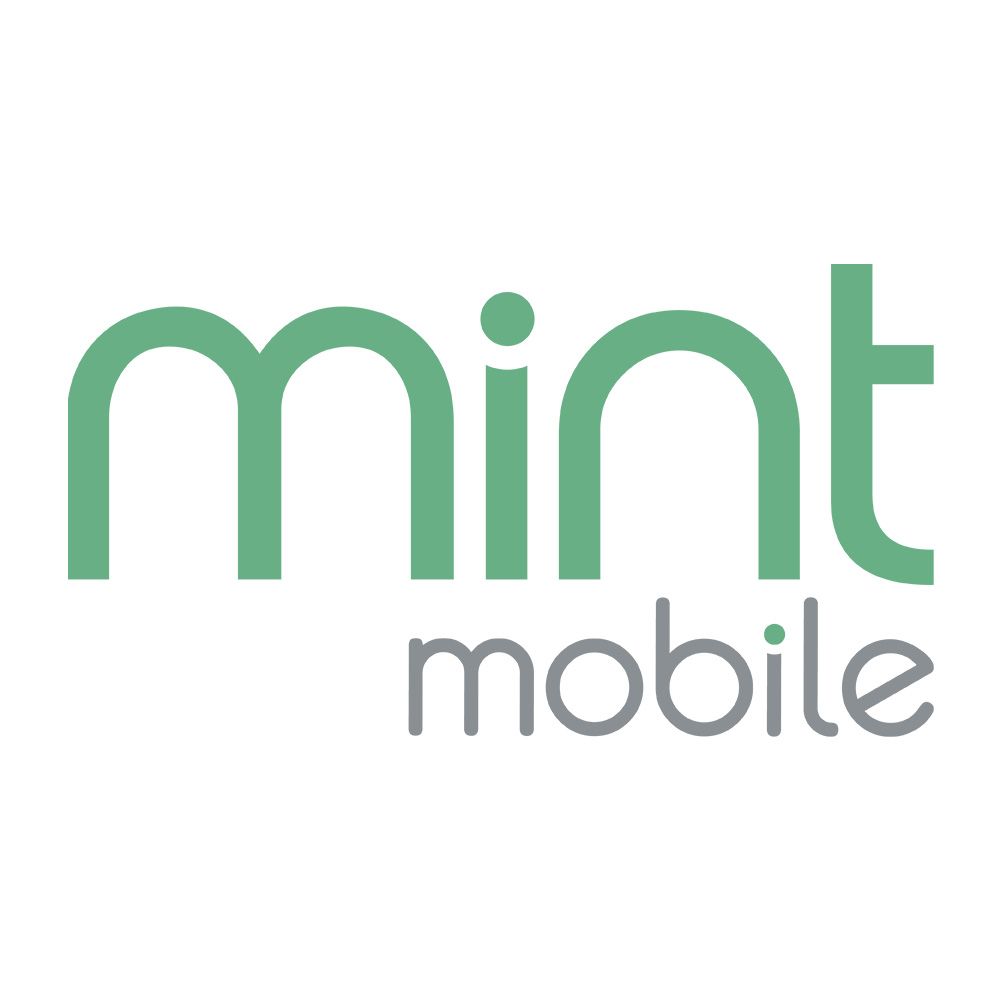
Mint Mobile
Best multi-month savings
Save when you buy a year of service
Mint Mobile is a prepaid carrier that focuses on signing customers up for multiple months at a time with multi-month discounts. Customers willing to pay for a year can save the most, but you can get Mint’s best rates for the first three months to make sure the service works for you,
- Full access to T-Mobile 5G
- Save when you buy a year of service
- Smaller payments with Mint Family
- Must buy at least three months
- The unlimited plan is really 40GB
- Rural coverage is weaker than Verizon or AT&T
Mint Mobile is a prepaid carrier owned by T-Mobile that offers four fairly basic plans with multi-month savings on each one. Mint Mobile’s plans offer high-speed data on T-Mobile’s LTE and 5G networks with full access to all of T-Mobile’s available 5G speeds. That also means that Mint Mobile will activate with just about any unlocked phone. Visible and Mint Mobile aren’t far off in terms of value for those willing to sign up for a year.
All of Mint’s plans are available for three, six, or 12 months at once with the best rates for those willing to pay for the whole year at once. The cheapest 5GB plan, for example, costs $25 per month when you buy three months, but $20 with six months, and $15 with 12 months. Data comes in at 5GB, 15GB, 20GB, or Unlimited. The three smaller plans can use all of their data in a hotspot while the unlimited plan gets 40GB of high-speed data with 10GB of high-speed hotspot data.
With Mint Mobile, you simply pick the plan that best fits your needs and sign up for as long as you can afford to get the best rate. You get Mint’s best pricing for your first three months as a customer, so you can get a good idea of how much data you’re actually using and adjust your plan before renewing to make sure you’re not wasting money. If you need more than you thought, you can upgrade mid-cycle to a bigger plan by paying the difference.
If you’re bringing multiple lines with you, however, Mint starts to feel expensive with its lump sum payments. Luckily, Mint Family gives you the carrier’s best monthly rates renewed three months at a time when you bring two or more lines. If you’re willing to go along with Mint’s multi-month requirements, you can get a great value on data on T-Mobile’s network.
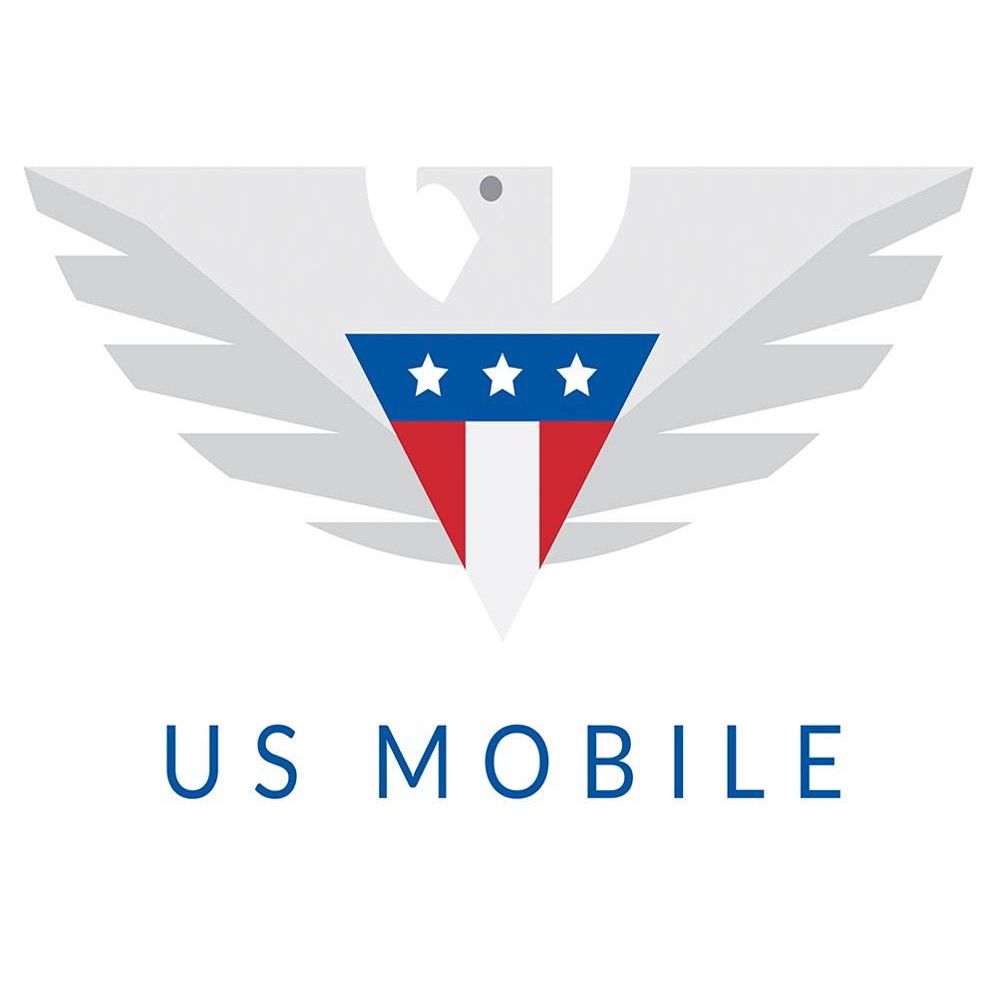
US Mobile
Best family plans
Mulit-line or annual plan savings
US Mobile puts customers in control with the ability to use either Verizon or T-Mobile coverage and even build their own plan. Still, most people will gravitate towards the unlimited plans, both of which come with premium data and have multi-line discounts.
- Choose either Verizon or T-Mobile coverage
- Taxes and fees are now inlcuded
- Verizon and T-Mobile SIMs get the same amount of high-speed data
- Verizon SIMs don’t yet support all of the International features
- Painful 1Mbps speed cap after using up your high-speed data
US Mobile is an MVNO that uses either the Verizon or T-Mobile networks, so customers can pick the network that gives them the best coverage, or just works with their phone. US Mobile has three unlimited plans and a shared data plan with taxes and fees included on all of them. Shared data plans are a good fit for light users with as little as 1GB of data and a very high upper limit. If you have a lot of people to get connected, this plan can be a solid value, but heavier users should step up to an unlimited plan.
Unlimited Starter, like most prepaid unlimited plans, isn’t all that unlimited at all. You get 35GB of high-speed data, access to 5G, unlimited talk and text, and not much more. For many people, that’s all they really need and at $29 per line for the first line, this plan can be a good way to save with access to either the T-Mobile or Verizon 5G network. With three or more lines, this plan comes down to $25 per month, and if you pay annually, you can get a single line for just $23 per month. Keep in mind that after you use your high-speed data allotment, your data speeds will be reduced to 1Mbps until the end of the billing period whether you’re using the Warp 5G or GSM 5G SIM.
Unlimited Premium upgrades the high-speed data to 100GB with a 50GB hotspot. This plan also comes with up to 10GB of international travel data with an eSIM. Like the basic plan, there are multi-line discounts with one line starting at $45 and four bringing that down to $30 per line. Unlike the basic plan, accounts that bring three lines get to choose a free perk, and accounts with four lines get to choose two. Some examples include a Disney streaming package, Spotify Family, or even PlayStation Plus.
Finally, if you just need a basic plan with enough data for messaging, email, and occasionally social media, the 10GB plan could be the perfect fit. This plan is only available with annual payments, which works out to $180 per year, or $15 per month. If you want to pay for wireless service once and forget about it for a year (especially during tax season), this 10GB annual plan can be a good value.
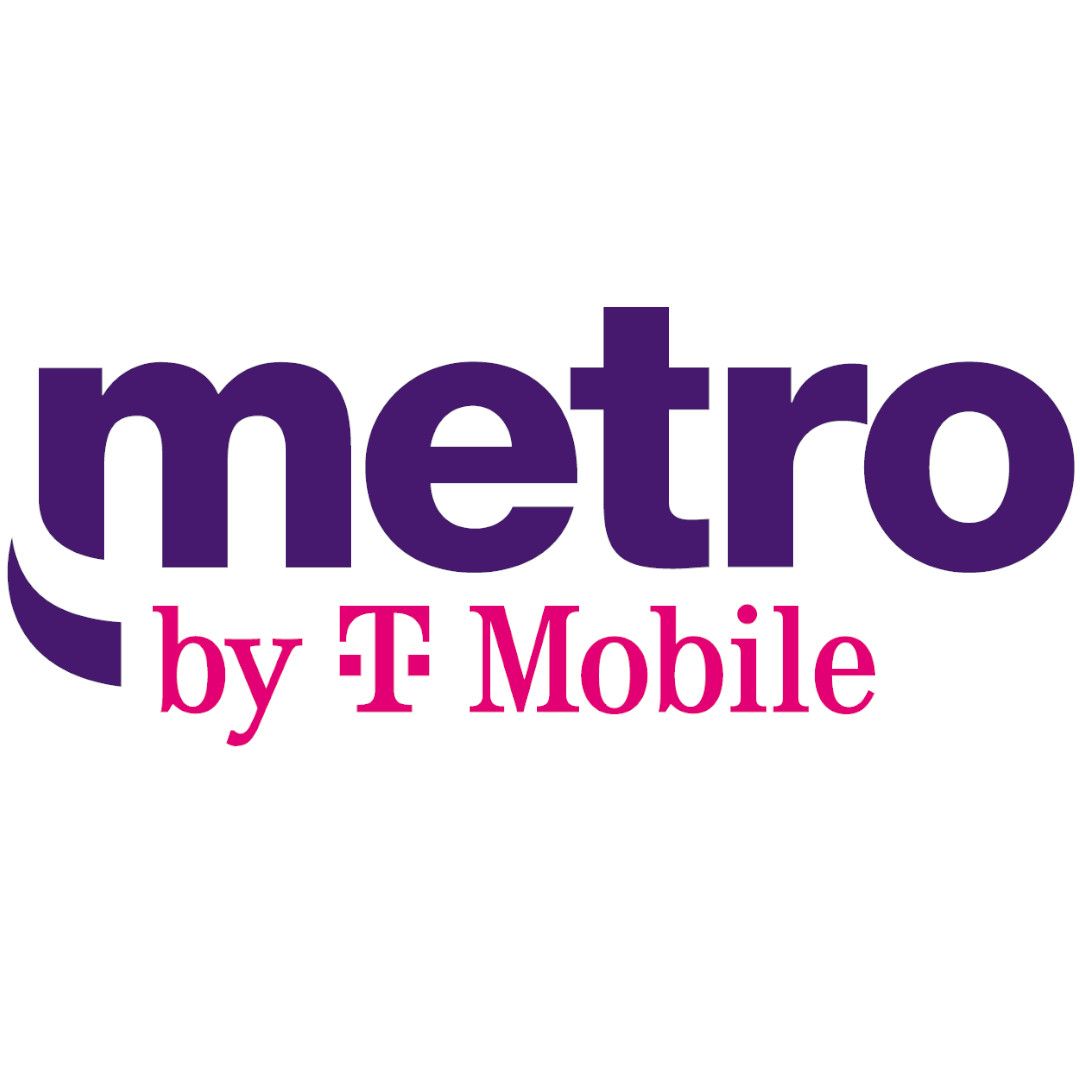
Metro by T-Mobile
Best prepaid unlimited plans
Prepaid savings on T-Mobile 5G
- Strong 5G coverage on the T-Mobile network
- Taxes and fees are included
- No high-speed data cap
- First month costs more on most plans
- Rural coverage is weaker than Verizon or AT&T
Metro by T-Mobile is, unsurprisingly a prepaid carrier owned by T-Mobile that uses the carrier’s network for all of its coverage. Metro has three primary unlimited plans, a 5GB plan, and a handful of older options called Heritage Plans that you can access by calling customer care. These are basically plans previously offered by Metro that have slight differences compared to the current plans. Metro also frequently has promotions for things like bringing your own phone and porting your number, so it’s worth check for deals before signing up.
Metro’s cheapest current plan is a 5GB option with unlimited talk and text. This plan is priced at $30 per month, not so coincidentally the exact price needed to be free with the Affordable Connectivity Program. This federal government program gives qualified customers $30 off per month and can be applied to Metro’s other plans as well.
Moving up to unlimited, Metro’s cheapest plan comes in at $40 per month with multi-line savings for bringing more than one line. This plan has the basics with unlimited high-speed data, access to T-Mobile’s full 5G network, and some extra carrier perks like T-Mobile Tuesdays discount program and ScamShield to protect against malicious calls. These plans are all eligible for multi-line discounts, so bringing the whole family is worth it. Taxes and fees are included, and an auto-pay discount is included with these prices.
The middle plan, starting at $50 per month, adds in 8GB of hotspot data and a 100GB Google One membership for cloud backups. Finally, the top unlimited plan starts at $60 per month and takes the hotspot data up to 25GB, and includes texting to 210+ countries. Keep in mind that all Metro unlimited plans can see their speeds slowed after 35GB of usage and will only stream in 480p quality.
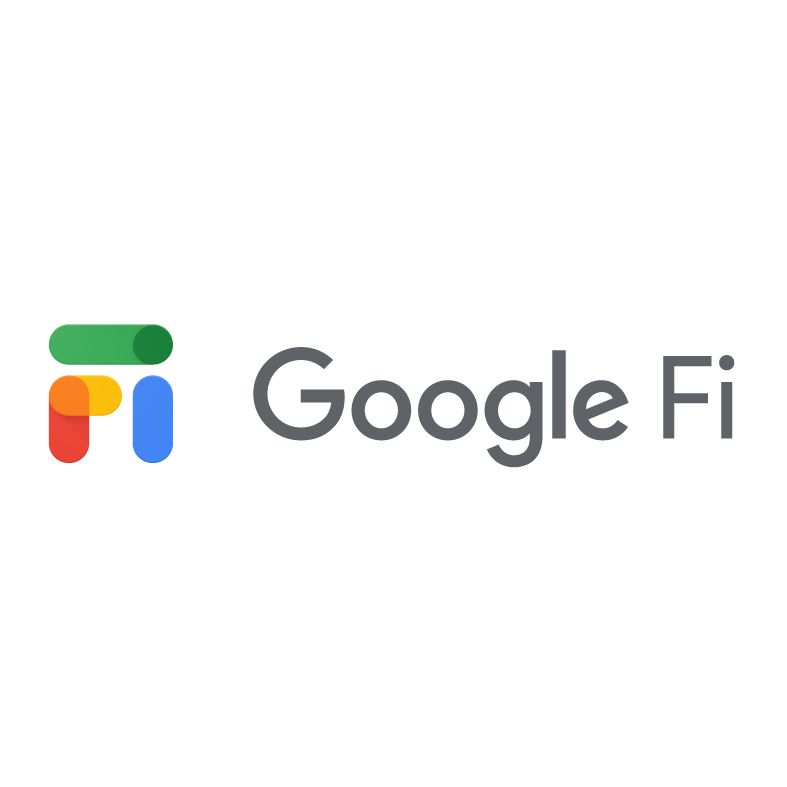
Google Fi
Best for international travel
Unmatched international roaming support
Google Fi is a prepaid phone carrier with coverage and features squarely aimed at Android users. It stands out by offering an unparalleled international roaming feature with competitive pricing when you bring multiple lines. Google Fi also makes use of multiple cell networks for strong 5G and Wi-Fi coverage in both urban and rural areas.
- Excellent 5G coverage with T-Mobile
- Multi-line savings on all plans
- Free international roaming on Flexible and Unlimited Plus
- Flexible plan data is too expensive
- Extra setup required for iPhones
- Rural coverage is weaker than Verizon or AT&T
Google Fi has been a favorite among Android users for years with features like a free VPN and automatic network switching making it a great pick for travelers. Google Fi mostly uses T-Mobile for coverage with 5G access but can also rely on Wi-Fi partners in some dense areas. Google Fi used to work with UScellular but has since dropped that partnership. To get the most out of Google Fi, you’ll want a phone that has been approved to work with all of its advanced features. If you have iPhone users in your family, Google Fi will require a few more steps to get SMS messaging working properly.
Google Fi’s oldest plan is called Flexible. This plan starts at $20 per month with unlimited talk and text. Data costs $10 per gigabyte but only charges through 6GB of usage, which is quite expensive. Data is slowed after 15GB of total usage. This plan can also use data for the same cost in over 200 destinations worldwide.
Unlimited Plus costs a steep $65 per month for one line, but you get the same data roaming features as Flexible with 50GB of high-speed data. You can use all of that data as a mobile hotspot if you want. Google One cloud storage is included with 100GB a year of YouTube Premium is included.
At $50 per month, Simply Unlimited comes with 35GB of high-speed data, 5GB of hotspot data, and not much else. Data, calls, and texts work in the U.S., Mexico, or Canada, but you don’t get the same international usage as Flexible or Unlimited Plus. This plan is ideal for families on a budget with four lines bringing the cost down to just $20 per line.
Flexible and Unlimited Plus both support a free second SIM that shares your data. This can be used in something like a tablet or spare phone, so you can use your data on multiple devices without running a mobile hotspot on your primary device. All plans also come with free smartwatch data for select watches such as Google Pixel Watch or Galaxy Watch5.
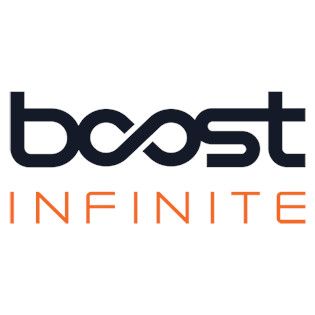
Boost Infinite
Best value postpaid
Player four has entered the match
Boost Infinite is a postpaid mobile phone service owned by Dish offering two unlimited plans and a handful of add-ons. Infinite starts at $15 per month with 30GB of high-speed data on the DISH Wireless network with help from T-Mobile.
- Very cheap for a postpaid plan
- International add-ons available and affordable
- Growing coverage with T-Mobile and AT&T filling in the gaps
- No priority data
- Hotspot add-on shares data
When T-Mobile purchased Sprint, a bit of spectrum and Boost Mobile were sold to DISH Network, kicking off its Dish Wireless brand. While Boost Mobile’s core prepaid service remained mostly the same, Boost Infinite was launched as an affordable unlimited option with a starting price of just $25 per month. Boost Infinite now has three plans, Infinite Unlimited and Infinite Unlimited+, and Infinite Access for iPhone.
Oddly enough for a plan called both infinite and unlimited, the Infinite Unlimited plan is limited to 30GB of high-speed data with no hotspot data. If you need to use a hotspot, you can add the feature for $10, but you’ll have to share data with your primary 30GB pool. Kindly, Infinite allows you to increase your data to 40GB for another $10. If you want to use your phone in Mexico or Canada, it costs $10, and if you want talk and text to 200+ international destinations, that’s another $10.
Infinite Unlimited+ comes with an iPhone 15 (with a trade-in) and some extra international features including talk, text, and data in Mexico and Canada as well as talk and text to over 200 countries. This plan comes in at $50 per month which is reasonably cheap considering it includes the payment plan for the iPhone. Moving up to Infinite Access for iPhone, you get the latest iPhone 15 Pro and an upgrade to the latest iPhone every year. You also get the other international features included with Unlimited +.
Boost’s network is a mix of service from T-Mobile, AT&T, and Dish Wireless coverage. The cheaper Unlimited plan gets access to only one of these 5G networks but if you get Unlimited + with an iPhone 15, you can get smart access to all three 5G networks. While Dish Wireless is still miles behind AT&T and T-Mobile when it comes to rural and suburban coverage, it has managed to cover 73% of the population so far. Admittedly, Dish uses slower low-band spectrum, but advancements in downlink and uplink carrier aggregation have allowed for competitive speeds. To bring your phone to Boost Infinite, you’ll need something that works with T-Mobile’s network, which is most unlocked phones, but to get the most of Boost Infinite’s up-and-coming 5G coverage, you’ll want a phone with support for bands n29, n66, n70, and n71.
Find the carrier that fits your needs
Picking the right carrier isn’t as simple as it may seem with AT&T, T-Mobile, and Verizon all offering strong nationwide coverage and vast nationwide 5G networks. Even so, Verizon and AT&T have stronger rural coverage with their huge LTE networks compared to T-Mobile. T-Mobile dominates in urban and suburban areas with its fast Ultra Capacity mid-band 5G covering the majority of Americans. Even if you want to pick a prepaid option, you’ll still use one of these three networks with most carriers.
It must be said that T-Mobile doesn’t have a totally clear slate, with some customers rightfully irritated by the carrier pushing them into a new plan. There have also been some data breaches that have further affected potential customers’ trust. Verizon isn’t faultless either, with the carrier increasing fees to make older plans more expensive. At the end of the day, carriers want to make money and buying one of the best Android phones unlocked gives you the flexibility to switch whenever you want.
T-Mobile stands out as the best value for most people with its vast 5G network achieving top marks with analysts like Ookla in its mobile index report. This has also allowed T-Mobile to lean into its network with T-Mobile 5G Home Internet becoming a realistic option for many. T-Mobile’s plans are fairly typical compared to AT&T and Verizon, but 5G perks matter a lot more on a network where you’ll be using 5G most of the time.
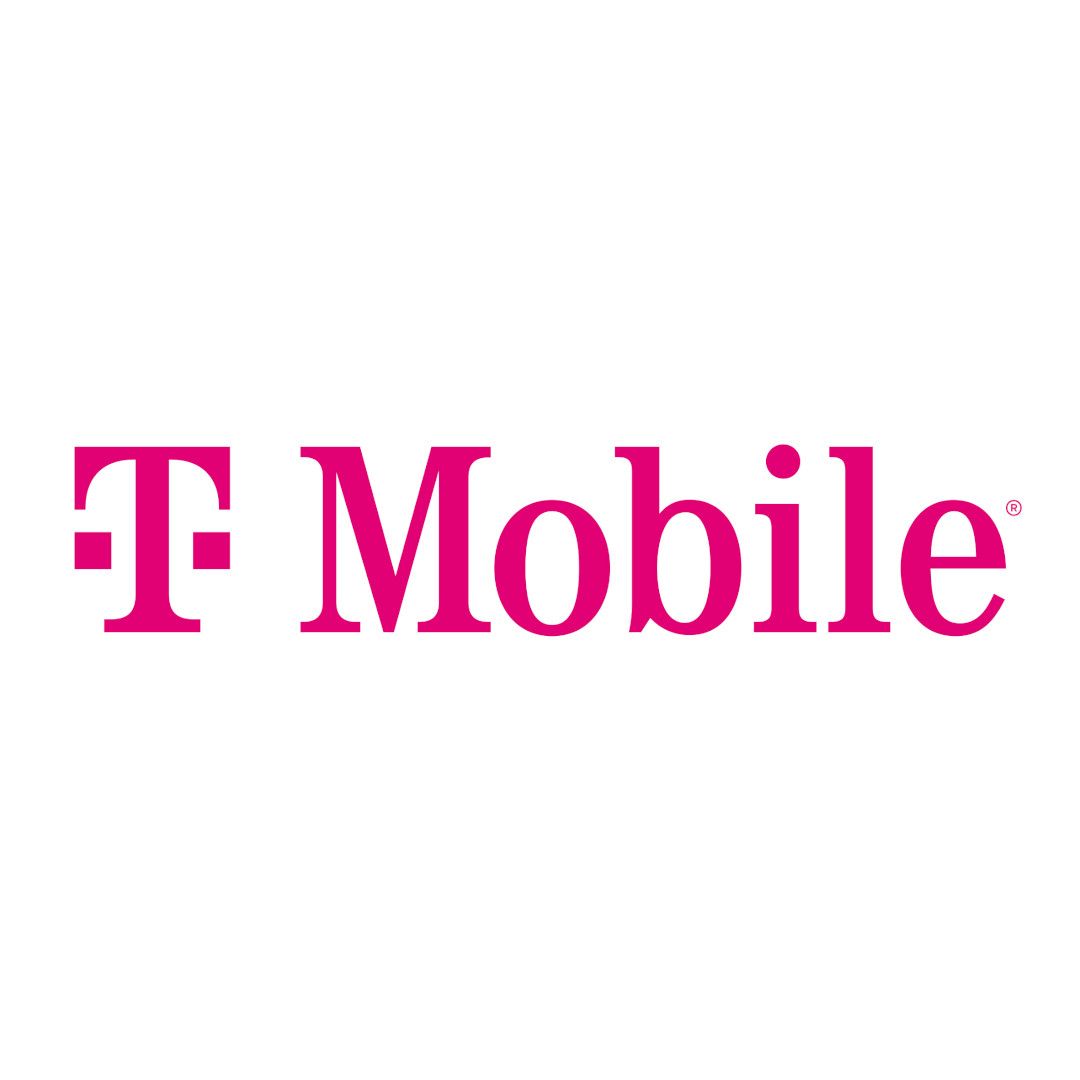
T-Mobile
Best overall
The best 5G coverage and speed
T-Mobile is the best carrier for 5G with even its mid-band Ultra Capacity 5G coverage reaching the majority of Americans. You can start with a basic Essentials plan or move up to a Go5G Plus with a phone upgrade in two years or Go5G Next with a new phone every year.
